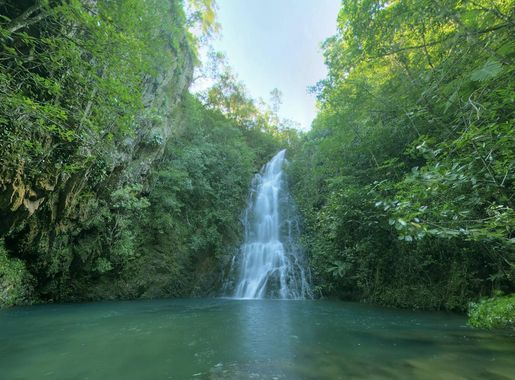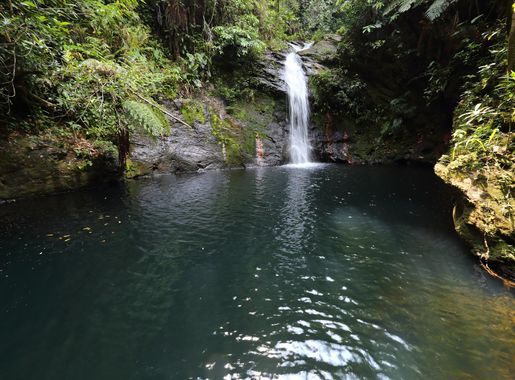
Cockscomb Basin Wildlife Sanctuary: Nature's Hidden Gem in Belize
Explore Cockscomb Basin Wildlife Sanctuary in Belize, the world's first jaguar preserve, featuring lush rainforests, diverse wildlife, and thrilling outdoor adventures.
Nestled in the heart of Belize, the Cockscomb Basin Wildlife Sanctuary is a true haven for nature lovers and adventure seekers alike. This sprawling sanctuary is renowned for being the world's first jaguar preserve, making it a prime destination for those keen on catching a glimpse of these elusive big cats. Covering over 150 square miles, the sanctuary is a treasure trove of biodiversity, featuring lush rainforests, winding rivers, and verdant hills. Visitors can immerse themselves in the natural beauty through a variety of activities. Hiking enthusiasts will find a network of trails that cater to different skill levels, offering opportunities to explore the dense jungle and discover hidden waterfalls. Bird watchers will be thrilled by the sanctuary's rich avian population, which includes over 290 bird species. For those who prefer a more leisurely experience, the South Stann Creek River provides the perfect setting for tubing and swimming. Apart from its natural allure, the sanctuary also holds cultural significance. The nearby Maya Center Village offers a glimpse into traditional Maya culture, with opportunities to purchase handcrafted souvenirs and learn about the community's way of life. Whether you're an avid wildlife photographer, a dedicated hiker, or simply someone looking to reconnect with nature, Cockscomb Basin Wildlife Sanctuary promises an unforgettable experience.
Local tips in Cockscomb Basin Wildlife Sanctuary
- Wear long sleeves and pants to protect against insect bites and sun exposure.
- Bring a reusable water bottle; there are refill stations at the visitor center.
- Visit early in the morning for the best chance to spot wildlife.
- Hire a local guide to enhance your experience and learn more about the flora and fauna.
- Check weather conditions before planning your trip, as trails can become slippery during the rainy season.
Cockscomb Basin Wildlife Sanctuary: Nature's Hidden Gem in Belize
Nestled in the heart of Belize, the Cockscomb Basin Wildlife Sanctuary is a true haven for nature lovers and adventure seekers alike. This sprawling sanctuary is renowned for being the world's first jaguar preserve, making it a prime destination for those keen on catching a glimpse of these elusive big cats. Covering over 150 square miles, the sanctuary is a treasure trove of biodiversity, featuring lush rainforests, winding rivers, and verdant hills. Visitors can immerse themselves in the natural beauty through a variety of activities. Hiking enthusiasts will find a network of trails that cater to different skill levels, offering opportunities to explore the dense jungle and discover hidden waterfalls. Bird watchers will be thrilled by the sanctuary's rich avian population, which includes over 290 bird species. For those who prefer a more leisurely experience, the South Stann Creek River provides the perfect setting for tubing and swimming. Apart from its natural allure, the sanctuary also holds cultural significance. The nearby Maya Center Village offers a glimpse into traditional Maya culture, with opportunities to purchase handcrafted souvenirs and learn about the community's way of life. Whether you're an avid wildlife photographer, a dedicated hiker, or simply someone looking to reconnect with nature, Cockscomb Basin Wildlife Sanctuary promises an unforgettable experience.
When is the best time to go to Cockscomb Basin Wildlife Sanctuary?
Iconic landmarks you can’t miss
Xunantunich Mayan Ruins
Explore the mystical Xunantunich Mayan Ruins in Belize, a captivating archaeological site filled with history, stunning views, and rich culture.
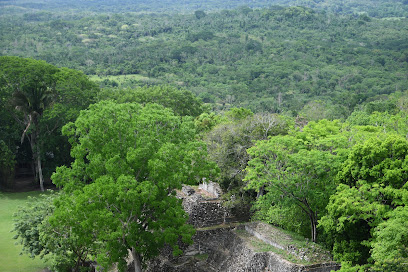
The Belize Zoo and Tropical Education Center
Explore the wonders of Belize's wildlife at The Belize Zoo and Tropical Education Center, a leading sanctuary for conservation and education.
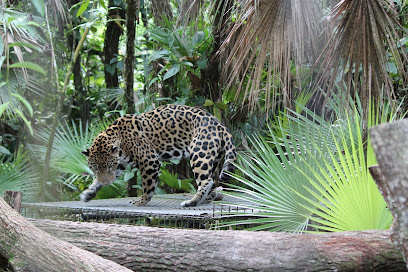
Old Belize
Experience the vibrant mix of culture and recreation at Old Belize, featuring swimming, dining, and history along the beautiful Caribbean coast.

Hol Chan Marine Reserve
Explore Hol Chan Marine Reserve, a stunning underwater haven in Belize, teeming with vibrant marine life and breathtaking coral reefs.
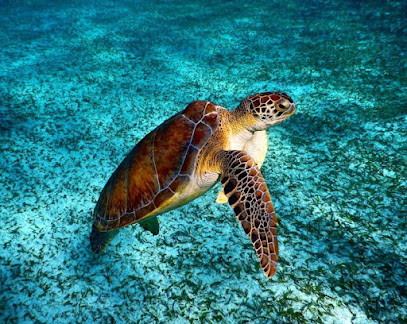
St. Herman's Blue Hole National Park
Discover the enchanting landscapes and vibrant wildlife at St. Herman's Blue Hole National Park, a must-visit destination in Belize for nature lovers and adventurers.
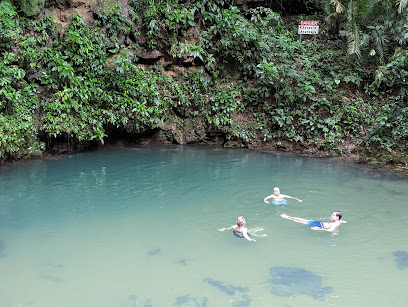
Community Baboon Sanctuary Visitor Center and Museum (A Black Howler Monkey Sanctuary)
Discover the Community Baboon Sanctuary Visitor Center, where conservation meets adventure in Belize's lush landscapes, home to the Black Howler Monkey.
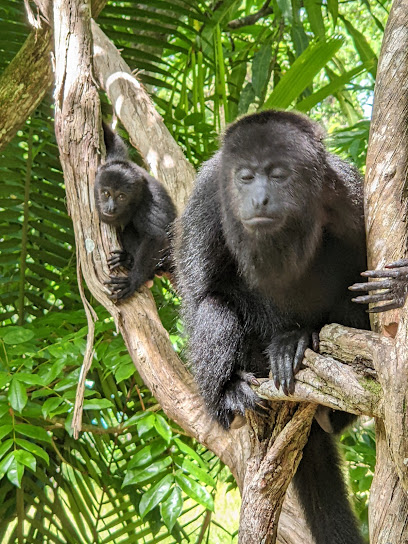
Mayflower Bocawina National Park
Discover the breathtaking beauty of Mayflower Bocawina National Park in Belize, a paradise for nature lovers and thrill-seekers alike.
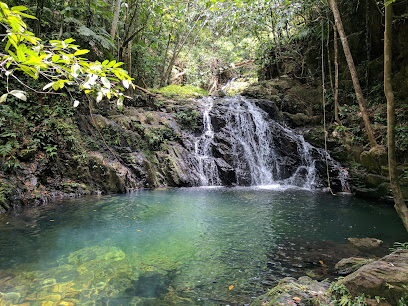
Jaguar Reserve Nature Center
Explore the stunning biodiversity and serene landscapes of the Jaguar Reserve Nature Center, a premier nature preserve in the heart of Belize.

Inland Blue Hole
Experience the serene beauty of Inland Blue Hole, Belize's spectacular swimming lake surrounded by lush nature and vibrant wildlife.
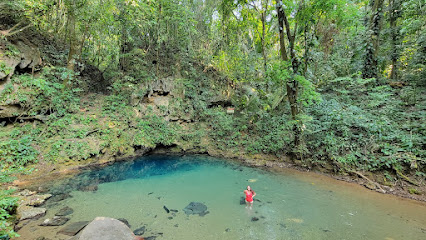
Crooked Tree Wildlife Sanctuary
Discover the serenity and wildlife of Crooked Tree Wildlife Sanctuary, Belize's premier ecotourism destination, perfect for birdwatchers and nature lovers.
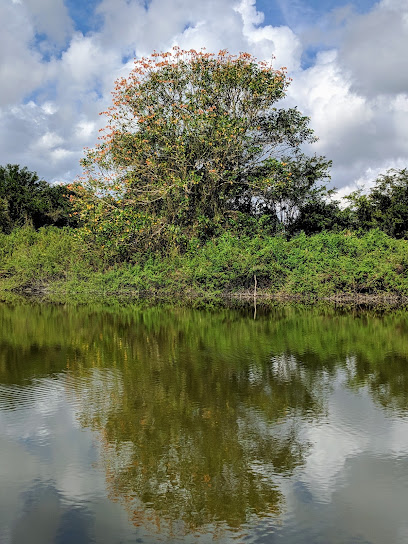
Billy Barquedier National Park
Explore the breathtaking landscapes and rich biodiversity of Billy Barquedier National Park in Belize, a paradise for nature lovers and adventure seekers.
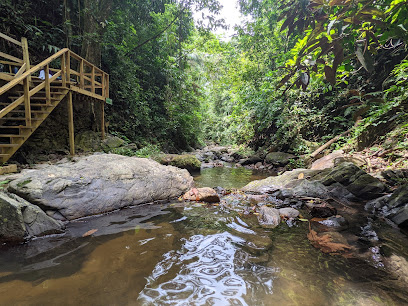
Cockscomb Basin Wildlife Sanctuary Parking
Explore the Cockscomb Basin Wildlife Sanctuary, Belize's premier destination for wildlife lovers and nature enthusiasts seeking adventure and tranquility.
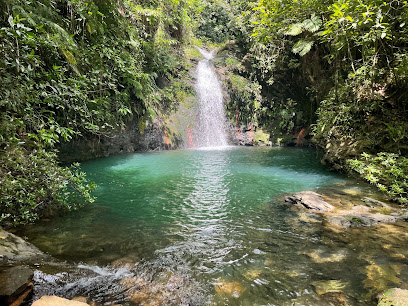
Chiquibul National Park
Discover the breathtaking biodiversity and rich cultural history of Chiquibul National Park, a must-visit national park in Belize for nature and adventure lovers.
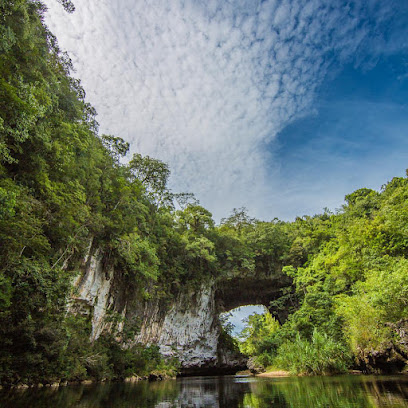
White House Cabin Cockscomb Basin Wildlife Sanctuary
Immerse yourself in nature's beauty at the White House Cabin in Cockscomb Basin Wildlife Sanctuary, a perfect retreat for eco-tourists and adventure seekers.
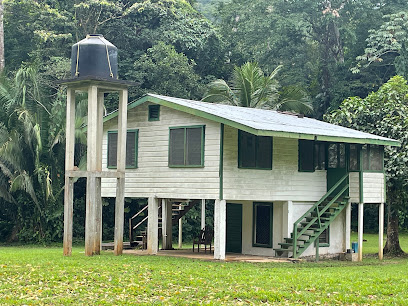
Cockscomb Basin Wildlife Sanctuary Day & Night hiking Guide
Discover the breathtaking landscapes and rich biodiversity of Cockscomb Basin Wildlife Sanctuary – a true gem for nature lovers in Belize.
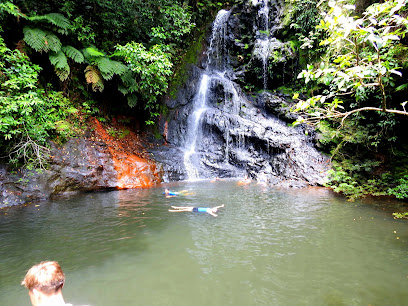
Unmissable attractions to see
Old Belize
Experience thrills and relaxation at Old Belize, an exciting water park and marina perfect for families and adventure seekers alike.
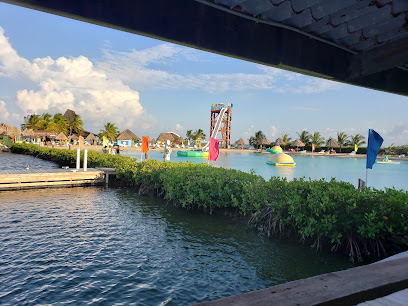
Jaguar Reserve Nature Center
Discover the vibrant ecosystems and wildlife of the Jaguar Reserve Nature Center, a haven for nature lovers and adventure seekers in Belize.
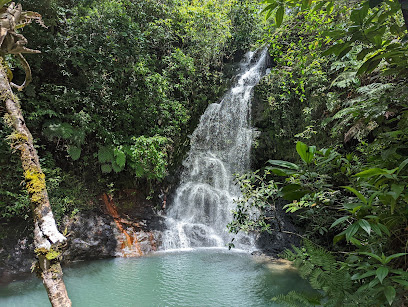
Belize Cave Tubing
Discover the exhilarating adventure of cave tubing in Belize, where nature's beauty meets ancient history in a unique underground experience.
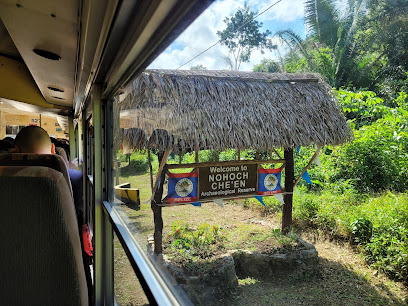
Chiquibul National Park
Discover the diverse ecosystems and ancient Mayan ruins at Chiquibul National Park, Belize's premier destination for nature lovers and adventure seekers.

Gladden Spit and Silk Cayes Marine Reserve
Discover the vibrant marine life and breathtaking beauty of Gladden Spit and Silk Cayes Marine Reserve, a top destination for snorkeling and diving in Belize.
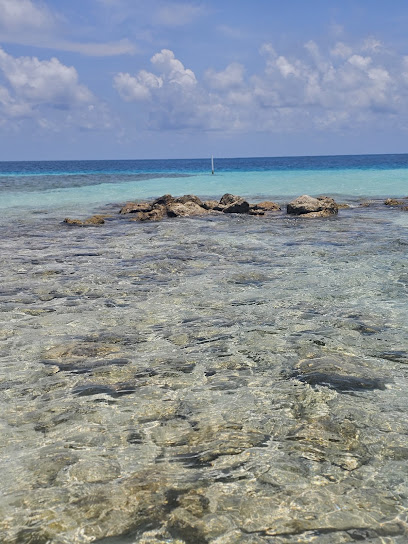
Cockscomb Basin Nature Reserve
Discover the untouched beauty and rich biodiversity of Cockscomb Basin Nature Reserve, a premier destination for nature lovers and adventure seekers in Belize.
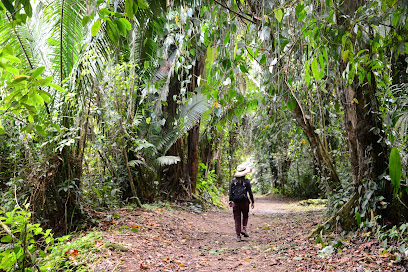
Balum Trailhead
Discover the breathtaking beauty of the Balum Trailhead in Cockscomb Basin, a premier hiking destination for nature lovers and adventure seekers.

Royal Flycatcher Trailhead
Discover the natural wonders of the Royal Flycatcher Trailhead in Locust Bank, where hiking adventures meet breathtaking views and rich wildlife.
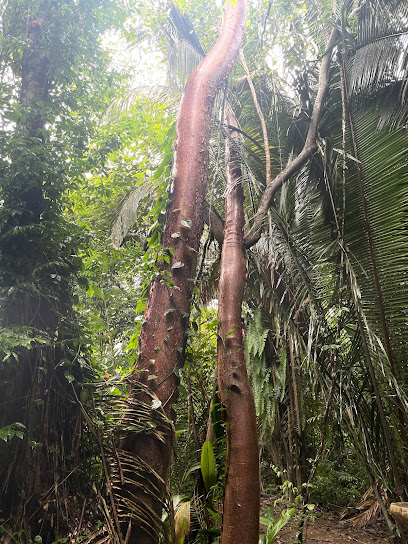
Essential places to dine
Bird's Isle Restaurant
Experience authentic Belizean flavors at Bird's Isle Restaurant with stunning waterfront views and a warm atmosphere.

Celebrity Restaurant & Bar
Discover authentic Belizean cuisine at Celebrity Restaurant & Bar - where delicious flavors meet breathtaking views.

Chon Saan Palace
Experience authentic Cantonese cuisine at Chon Saan Palace in Belize City - where traditional flavors meet warm hospitality.
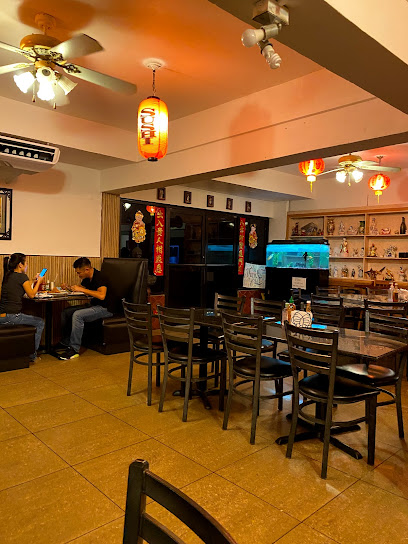
Friendship Restaurant
Discover delicious Chinese fast food at Friendship Restaurant in Belize City – where authentic flavors meet local charm!

Corozo Blue's
Discover vibrant flavors and refreshing drinks at Corozo Blue's - your go-to restaurant and bar in beautiful Corozal, Belize.
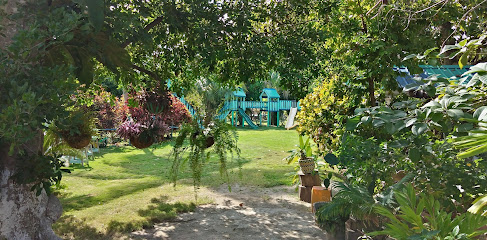
Sahara Grill
Experience authentic Lebanese cuisine at Sahara Grill in Belize City – where every bite tells a story of tradition and flavor.
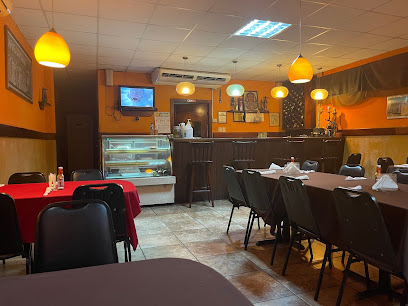
Sumathi
Discover authentic Indian flavors at Sumathi Restaurant in Belize City – where every dish tells a story!
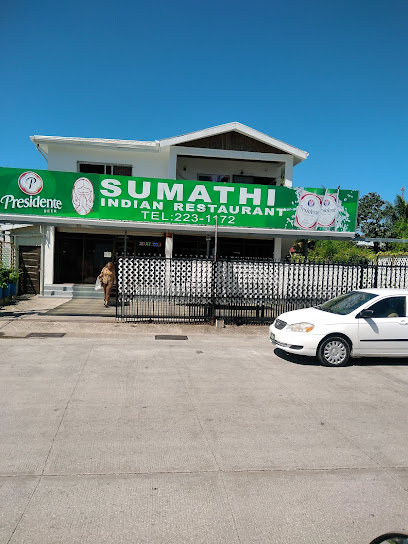
Nerie's
Experience authentic Central American flavors at Nerie's - a beloved restaurant in Belize City offering delicious local cuisine.
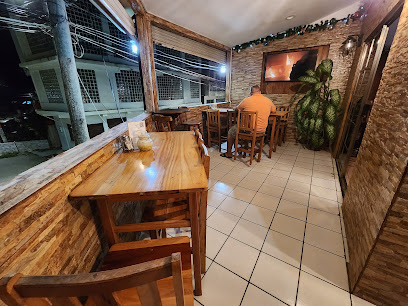
Tipsy Lobster (Seafood Grill)
Experience unforgettable flavors at Tipsy Lobster in San Pedro, Belize - where fresh seafood meets vibrant Caribbean culture.
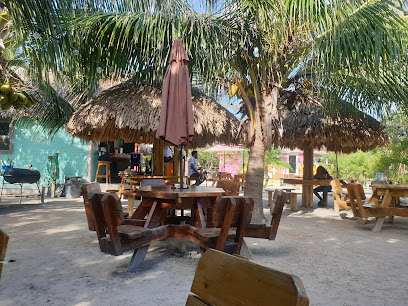
Fantasy Dining
Discover authentic Belizean flavors at Fantasy Dining in Caye Caulker, where every meal is a celebration of local culture and culinary artistry.
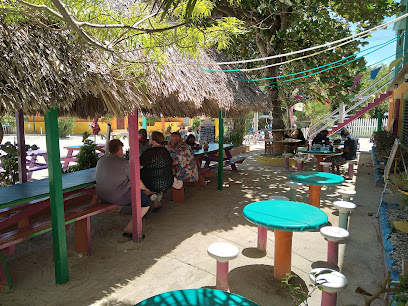
Atlantic
Experience authentic Chinese fast food at Atlantic in Belize City - where flavors meet convenience!
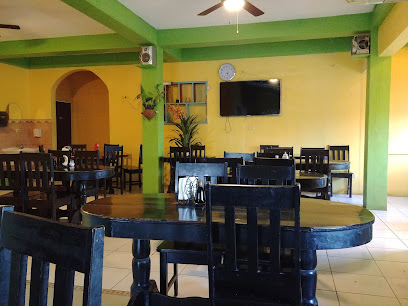
Mama Mia's Pizzeria
Discover authentic Italian flavors at Mama Mia's Pizzeria in Belize City - where every slice is made with love and quality ingredients.
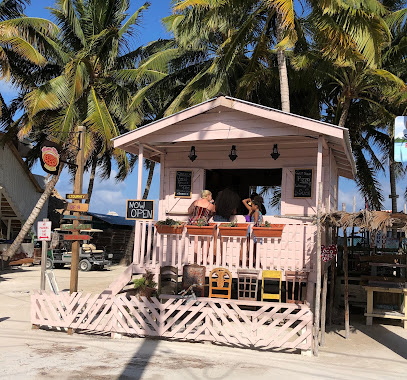
The Wet Lizard
Experience authentic Central American cuisine at The Wet Lizard – where vibrant flavors meet lively ambiance in Belize City.
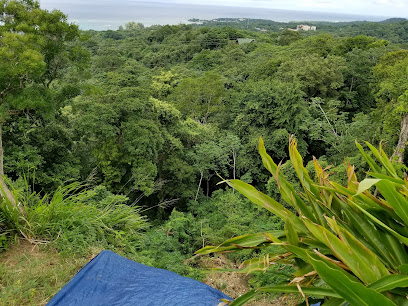
Baymen's Tavern
Experience exquisite grilled cuisine and refreshing drinks at Baymen's Tavern with stunning marina views in Belize City.
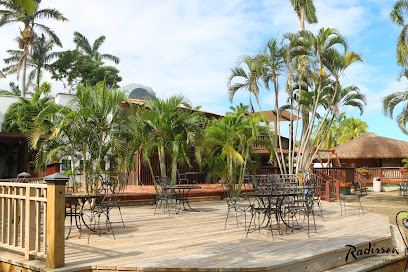
Bahay Fiesta Restaurant & Bar
Experience authentic Filipino flavors at Bahay Fiesta Restaurant & Bar in Hopkins, Belize - where culture meets culinary excellence.

Markets, malls and hidden boutiques
Art Box - Belize Artisan Store & Cafe
Explore Art Box in Belmopan for unique crafts and local art, paired with delicious coffee in a vibrant atmosphere.
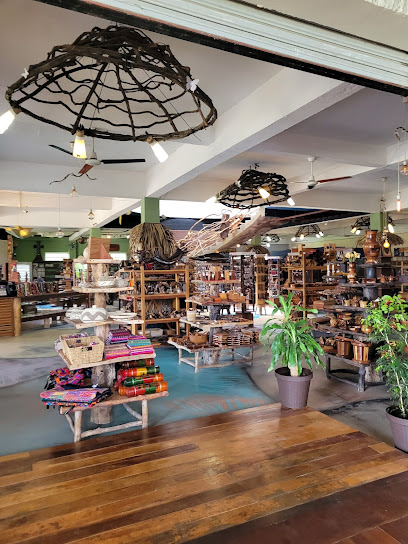
A&R Enterprises | Belmopan
Discover unique stationery and local crafts at A&R Enterprises in Belmopan - a must-visit shopping destination for tourists.
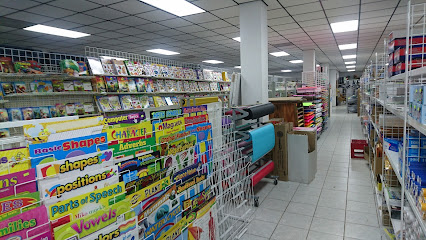
Down Town Plaza
Discover a vibrant shopping experience at Down Town Plaza, a hub of local culture and community in the heart of Belize City.

Cockscomb Basin Wildlife Sanctuary
Explore Belize's Cockscomb Basin Wildlife Sanctuary, a premier destination for wildlife enthusiasts and adventure seekers, rich in biodiversity and natural beauty.
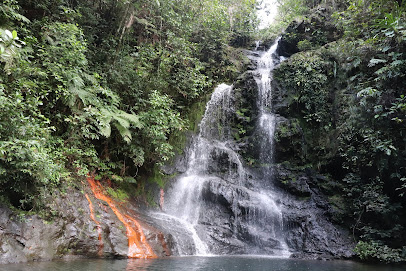
Dibary Belmopan
Explore Dibary Belmopan, the ultimate shopping destination in Belize offering clothing, accessories, furniture, and more in a vibrant atmosphere.

Jaguar Reserve Nature Center
Discover the vibrant wildlife and serene landscapes at Jaguar Reserve Nature Center, a must-visit nature preserve in Belize.
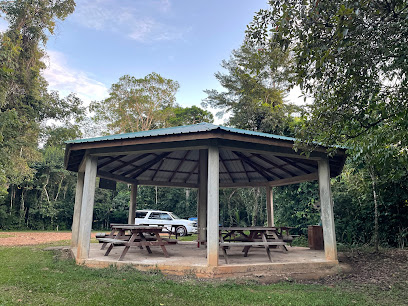
Unique Co Ltd
Explore Unique Co Ltd in Camalote for authentic Belizean gifts and crafts that capture the spirit of Belize.

Maya Mopan Shop
Explore Maya Mopan Shop: Your gateway to local goods and authentic Belizean culture in Belmopan.
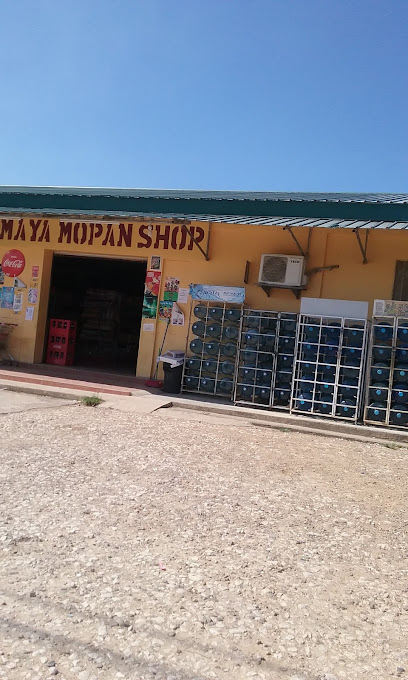
Variety Gift Shop
Explore the vibrant treasures of Belize at Variety Gift Shop, where unique gifts and local artistry come together in Belmopan.
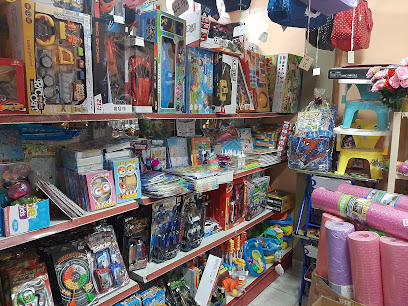
Kaj Expressions
Discover the exquisite craftsmanship of Belize at Kaj Expressions, a premier jewelry store in Belize City, offering unique handcrafted treasures.
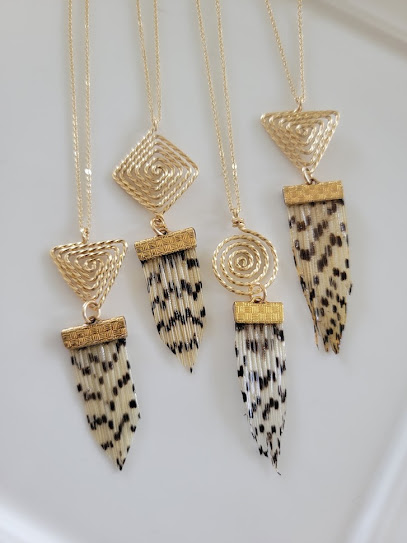
Cockscomb Basin Wildlife Sanctuary Parking
Discover the breathtaking beauty and rich biodiversity of Cockscomb Basin Wildlife Sanctuary, Belize's premier natural retreat.
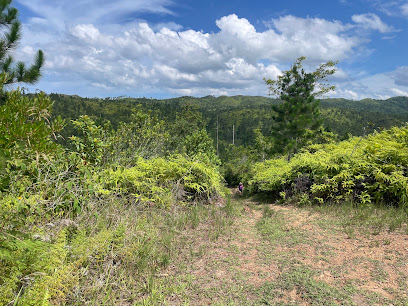
Seashell Art by Alex
Discover unique handcrafted seashell art and jewelry at Seashell Art by Alex in charming Hopkins, Belize.
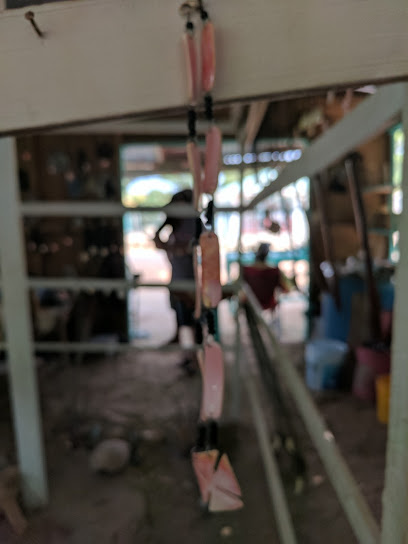
Hopkins Kulcha Tours and Gift Shop
Discover the best of Belize with Hopkins Kulcha Tours, offering unforgettable adventures and unique local crafts in the heart of Hopkins.
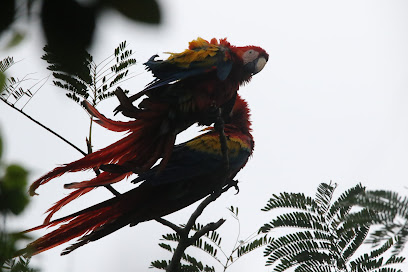
Silvia's Shop
Explore the vibrant local culture at Silvia's Shop, a charming variety store on Hummingbird Highway offering unique crafts and local flavors.

Belizean handicraft placencia
Explore unique Belizean handicrafts in Placencia, from wooden sculptures to vibrant textiles, perfect for souvenirs and gifts.
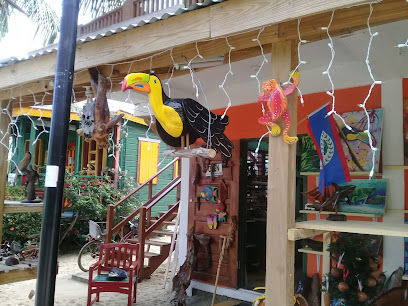
Essential bars & hidden hideouts
The Lazy Lizard
Experience the vibrant atmosphere of The Lazy Lizard, Caye Caulker's premier bar and grill, offering delicious food and stunning sea views.

Tipsy Tuna Sports Bar
Experience the vibrant atmosphere and delicious flavors at Tipsy Tuna Sports Bar in Placencia, a must-visit destination for every traveler.
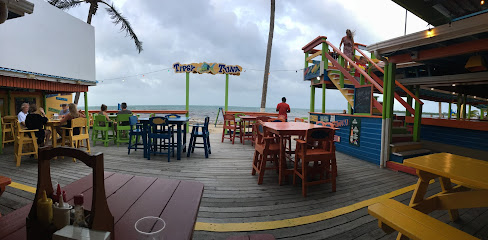
Celebrity Restaurant & Bar
Experience the vibrant flavors of Belize at Celebrity Restaurant & Bar, where stunning views meet exceptional dining in Belize City.
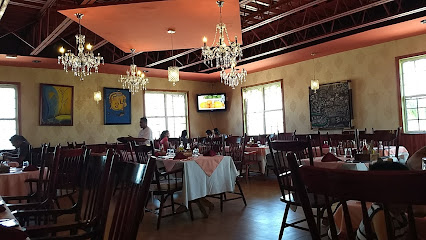
The Pelican Sunset Bar
Discover the charm of The Pelican Sunset Bar in Caye Caulker, a paradise for food lovers and sunset seekers alike.
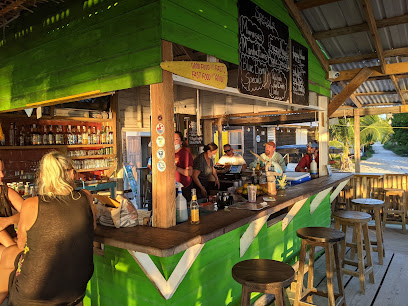
Mango’s Beachfront Bar Hopkins Sittee Point
Experience the tropical charm of Mango’s Beachfront Bar in Hopkins, Belize, where refreshing drinks and stunning ocean views await.
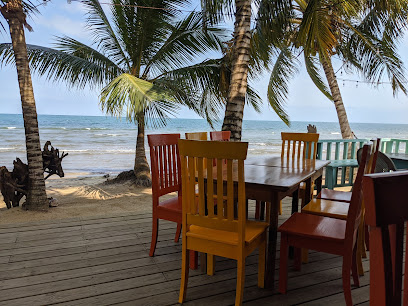
Aba Isieni Cool Spot
Experience the vibrant tastes of Belize at Aba Isieni Cool Spot, a grill restaurant serving up delicious local cuisine in Dangriga.
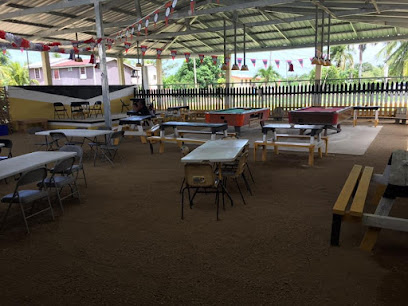
One Barrell Bar
Experience the vibrant flavors of Belize at One Barrel Bar, where locals and tourists unite over unique drinks and lively atmosphere.
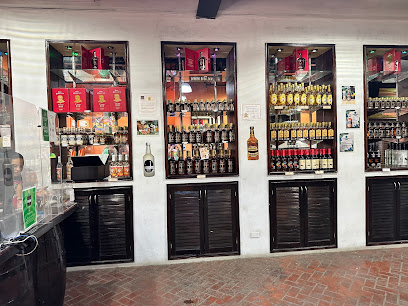
Toucan Jacks Tiki Bar
Experience the vibrant atmosphere and tropical flavors at Toucan Jacks Tiki Bar in Placencia, Belize's perfect beachside retreat.
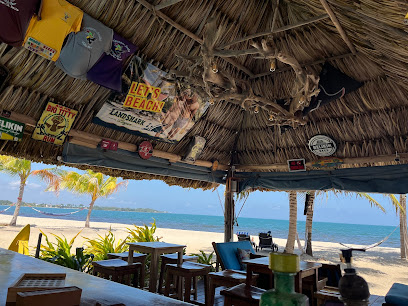
Play Bar
Discover the lively atmosphere of Play Bar in Hopkins, Belize, where great drinks and fun games create an unforgettable experience.
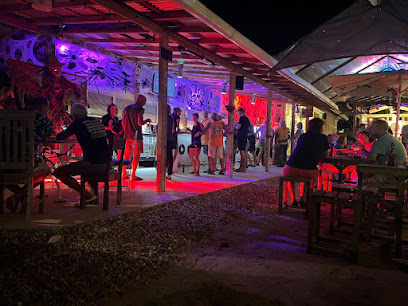
El Flum Bar
Experience the vibrant nightlife and refreshing cocktails at El Flum Bar, the perfect spot for relaxation and socializing in Bella Vista.
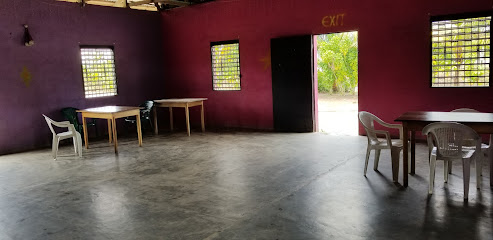
Santa Cruz Bambu Bar
Discover the lively Santa Cruz Bambu Bar, where vibrant drinks and local culture meet in a tropical paradise.
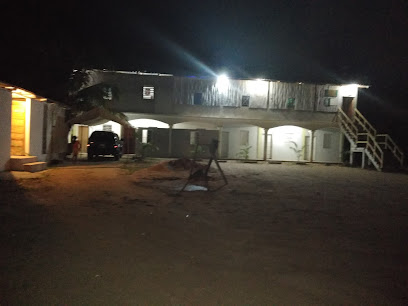
Ceviche Bar
Experience the flavors of Belize at Ceviche Bar, a vibrant seafood haven in Hopkins known for its fresh ceviche and coastal views.
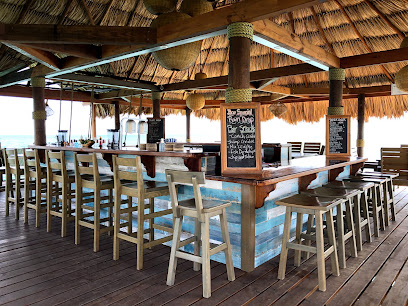
The Dive Bar
Discover vibrant flavors and a relaxed atmosphere at The Dive Bar in Ambergris Caye, Belize – the perfect spot to unwind and enjoy the Caribbean vibes.

Fina's Bar
Discover the vibrant nightlife and welcoming atmosphere at Fina's Bar in Alta Vista, the perfect spot for tourists seeking local flavors.

Princess bar
Discover the vibrant flavors of Belize at Princess Bar, a charming grill in Cowpen Garage offering delectable dishes and a welcoming atmosphere.

Local Phrases about Cockscomb Basin Wildlife Sanctuary
-
- HelloHola
[OH-lah] - GoodbyeAdiós
[ah-DYOS] - YesSí
[see] - NoNo
[noh] - Please/You're welcomePor favor/De nada
[pohr fah-VOR/deh NAH-dah] - Thank youGracias
[GRAH-syahs] - Excuse me/SorryDisculpe/Lo siento
[dees-KOOL-peh/loh SYEN-toh] - How are you?¿Cómo estás?
[KOH-moh ehs-TAHS] - Fine. And you?Bien. ¿Y tú?
[BYEN. ee too] - Do you speak English?¿Hablas inglés?
[AH-blahs een-GLEHS] - I don't understandNo entiendo
[noh ehn-TYEHN-doh]
- HelloHola
-
- I'd like to see the menu, pleaseMe gustaría ver el menú, por favor
[meh goos-tah-REE-ah behr ehl MEH-noo, poor fah-VOR] - I don't eat meatNo como carne
[noh KOH-moh KAR-neh] - Cheers!¡Salud!
[sah-LOOD] - I would like to pay, pleaseMe gustaría pagar, por favor
[meh goos-tah-REE-ah pah-GAHR, poor fah-VOR]
- I'd like to see the menu, pleaseMe gustaría ver el menú, por favor
-
- Help!¡Ayuda!
[ah-YOO-dah] - Go away!¡Vete!
[VEH-teh] - Call the Police!¡Llama a la policía!
[YAH-mah ah lah poh-LEE-see-ah] - Call a doctor!¡Llama a un médico!
[YAH-mah ah oon MEH-dee-koh] - I'm lostEstoy perdido
[ehs-TOY pehr-DEE-doh] - I'm illEstoy enfermo
[ehs-TOY ehn-FEHR-moh]
- Help!¡Ayuda!
-
- I'd like to buy...Me gustaría comprar...
[meh goos-tah-REE-ah kohm-PRAR...] - I'm just lookingSolo estoy mirando
[SO-loh ehs-TOY mee-RAHN-doh] - How much is it?¿Cuánto cuesta?
[KWAHN-toh KWEHS-tah] - That's too expensiveEsto es demasiado caro
[EHS-toh ehs deh-mah-SYA-do KAH-roh] - Can you lower the price?¿Puedes bajar el precio?
[PWEH-dehs BAH-har ehl PREH-syoh]
- I'd like to buy...Me gustaría comprar...
-
- What time is it?¿Qué hora es?
[keh OR-ah ehs] - It's one o'clockEs la una
[ehs lah OO-nah] - Half past (10)Las diez y media
[lahs d'yehs ee MEH-dyah] - MorningMañana
[mah-NYAH-nah] - AfternoonTarde
[TAHR-deh] - EveningNoche
[NO-cheh] - YesterdayAyer
[ah-YEHR] - TodayHoy
[HOY] - TomorrowMañana
[mah-NYAH-nah] - 1Uno
[OO-noh] - 2Dos
[dohs] - 3Tres
[trehs] - 4Cuatro
[KWAH-troh] - 5Cinco
[SEEN-koh] - 6Seis
[sace] - 7Siete
[SYEH-teh] - 8Ocho
[OH-choh] - 9Nueve
[NWEH-veh] - 10Diez
[dyehs]
- What time is it?¿Qué hora es?
-
- Where's a/the...?¿Dónde está el/la...?
[DOHN-deh ehs-TAH ehl/lah] - What's the address?¿Cuál es la dirección?
[KWAHL ehs lah dee-rehk-SYOHN] - Can you show me (on the map)?¿Puedes mostrarme (en el mapa)?
[PWEH-dehs mohs-TRAHR-meh (ehn ehl MAH-pah)] - When's the next (bus)?¿Cuándo es el próximo (autobús)?
[KWAHN-doh ehs ehl PROH-ksee-moh (ow-toh-BOOS)] - A ticket (to ....)Un boleto (a ....)
[oon boh-LEH-toh (ah ....)]
- Where's a/the...?¿Dónde está el/la...?
History of Cockscomb Basin Wildlife Sanctuary
-
The Cockscomb Basin area was once inhabited by the ancient Maya civilization. Archaeological evidence, such as pottery shards and remnants of structures, suggests the Maya utilized the region for various purposes, including agriculture, hunting, and possibly even ceremonies. The dense jungle and rich biodiversity of the basin would have provided ample resources for the Maya communities.
-
The name 'Cockscomb' was inspired by the distinctive ridge of the Cockscomb Mountain, which resembles the comb of a rooster. The area remained relatively undisturbed and unexplored until the mid-20th century, when logging activities and subsequent explorations brought it to wider attention.
-
In the early 20th century, the British Honduras Company and other logging enterprises began exploiting the forests of Belize, including the Cockscomb Basin. Mahogany and other valuable hardwoods were extracted, leading to significant deforestation and environmental degradation. The impact of logging on the local ecosystem was profound, prompting concerns about the long-term sustainability of these practices.
-
In 1984, the area gained international attention when it was identified as a critical habitat for the endangered jaguar. The pioneering work of Dr. Alan Rabinowitz, a noted wildlife biologist, was instrumental in highlighting the importance of the Cockscomb Basin as a conservation area. His research led to the establishment of the Cockscomb Basin Wildlife Sanctuary in 1986, making it the world's first jaguar preserve.
-
The creation of the sanctuary marked a significant shift towards conservation and sustainable management of the region's natural resources. Local communities, particularly the indigenous Maya, have been involved in the sanctuary's management, contributing traditional knowledge and practices. Eco-tourism has become a vital part of the local economy, providing income and fostering a greater appreciation for the area's natural and cultural heritage.
-
Since its establishment, the Cockscomb Basin Wildlife Sanctuary has become a haven for a diverse array of wildlife. In addition to jaguars, the sanctuary is home to other large cats like pumas and ocelots, as well as a myriad of bird species, reptiles, and amphibians. The protected status of the basin has allowed its flora and fauna to thrive, making it one of the most biodiverse regions in Belize.
-
The sanctuary has also become a hub for scientific research and environmental education. Various research projects have been conducted to study the behavior and ecology of the jaguar and other species. Educational programs aimed at both locals and visitors emphasize the importance of conservation and sustainable living practices, helping to ensure the continued protection of this precious ecosystem.
Cockscomb Basin Wildlife Sanctuary Essentials
-
Cockscomb Basin Wildlife Sanctuary is located in southern Belize. The nearest major town is Dangriga, approximately 35 kilometers away. The best way to reach the sanctuary is by flying into Philip S. W. Goldson International Airport in Belize City. From there, you can rent a car or take a bus to Dangriga, and then another bus or taxi to the sanctuary. The journey from Belize City to Dangriga by road typically takes around 2.5 to 3 hours.
-
Within the sanctuary, the best way to get around is on foot, as the area is a protected wildlife reserve with numerous hiking trails. If you're traveling from nearby towns, local buses and taxis are available. Renting a car can also be a convenient option, but be prepared for rough roads leading to the sanctuary. Bicycles are also a viable option for getting around the nearby areas.
-
The official currency in Belize is the Belize Dollar (BZD). Credit cards are accepted in some establishments in Dangriga, but it is advisable to carry cash, especially when visiting the sanctuary and smaller villages. ATMs are available in Dangriga, so it is recommended to withdraw enough cash before heading to Cockscomb Basin Wildlife Sanctuary.
-
Cockscomb Basin Wildlife Sanctuary is generally safe for tourists. However, it is important to take standard precautions. Avoid walking alone at night in unfamiliar areas and keep an eye on your belongings. In Dangriga, exercise caution in areas with higher crime rates, especially after dark. Always stay on marked trails within the sanctuary and be cautious of wildlife.
-
In case of emergency, dial 911 for immediate assistance. The nearest medical facilities are in Dangriga. It is highly recommended to have travel insurance that covers medical emergencies. For minor health issues, there are pharmacies in Dangriga where you can purchase over-the-counter medications. Carry a first aid kit with you while exploring the sanctuary.
-
Fashion: Do wear comfortable and breathable clothing suitable for hiking. Don't wear heavy or restrictive clothing. Religion: Do respect local customs and traditions. There are no specific religious sites within the sanctuary, but be respectful in nearby villages. Public Transport: Do be polite and patient when using local buses and taxis. Don't expect punctuality, as schedules may be flexible. Greetings: Do greet people with a friendly 'Hello' or 'Good day.' A smile goes a long way. Eating & Drinking: Do try local Belizean cuisine and support local eateries. Don't litter; always carry your trash out of the sanctuary.
-
To experience Cockscomb Basin Wildlife Sanctuary like a local, take a guided tour with a local guide who can share insights about the flora and fauna. Visit the local markets in Dangriga to buy fresh produce and traditional Belizean goods. Engage with locals to learn about their culture and history. Don't miss the opportunity to swim in the natural pools and waterfalls within the sanctuary, and be sure to carry a camera for capturing the stunning biodiversity.
Trending Landmarks in Cockscomb Basin Wildlife Sanctuary
-
Xunantunich Mayan Ruins
-
The Belize Zoo and Tropical Education Center
-
Old Belize
-
Hol Chan Marine Reserve
-
St. Herman's Blue Hole National Park
-
Community Baboon Sanctuary Visitor Center and Museum (A Black Howler Monkey Sanctuary)
-
Mayflower Bocawina National Park
-
Jaguar Reserve Nature Center
-
Inland Blue Hole
-
Crooked Tree Wildlife Sanctuary
-
Billy Barquedier National Park
-
Cockscomb Basin Wildlife Sanctuary Parking
-
Chiquibul National Park
-
White House Cabin Cockscomb Basin Wildlife Sanctuary
-
Cockscomb Basin Wildlife Sanctuary Day & Night hiking Guide
Nearby Cities to Cockscomb Basin Wildlife Sanctuary
-
Things To Do in Placencia
-
Things To Do in Dangriga
-
Things To Do in San Ignacio
-
Things To Do in Punta Gorda
-
Things To Do in Belize City
-
Things To Do in Livingston
-
Things To Do in Tikal
-
Things To Do in Puerto Barrios
-
Things To Do in Rio Dulce
-
Things To Do in Caye Caulker
-
Things To Do in Puerto Cortés
-
Things To Do in Flores
-
Things To Do in San Pedro
-
Things To Do in Orange Walk Town
-
Things To Do in San Pedro Sula

